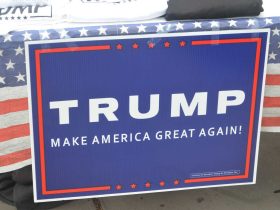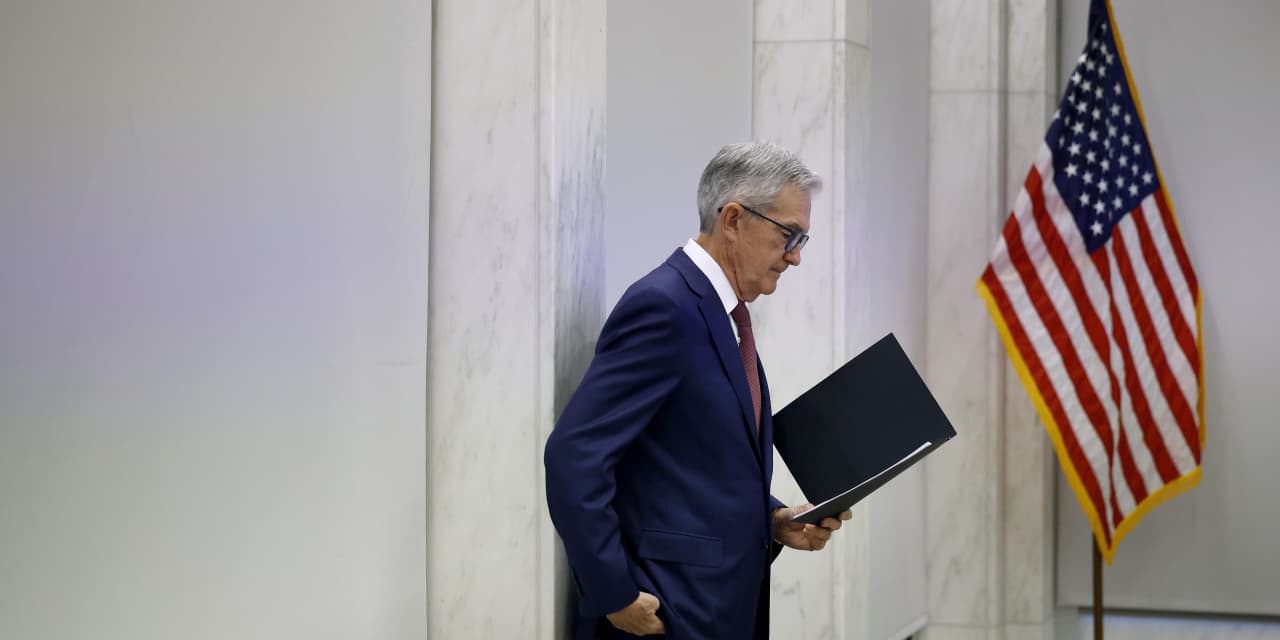Federal Reserve officials are keeping the door wide open for another interest-rate increase should inflation stay high and economic growth remain strong.
“If it becomes appropriate to tighten policy further, we will not hesitate to do so,” Fed Chairman Jerome Powell said Thursday afternoon at an event hosted by the International Monetary Fund.
Powell’s remarks were of a piece with a weeklong blitz of commentary from central bank officials who made the case that further tightening could still be coming. In press interviews and at live and virtual events, officials have been highlighting that they aren’t yet convinced that price growth is on track to fall sustainably back down to 2%, the Fed’s inflation target. With the deceleration in price growth slowing and hotter-than-expected economic growth threatening to reignite demand, the central bank has been careful not to prematurely declare victory, lest inflation reverse course and begin rising again.
While the progress made so far in wrestling inflation back to target levels has been gratifying, Powell said it’s still not clear whether monetary policy is “sufficiently restrictive,” or tight enough to slow price growth fully back to a 2% annual growth rate.
“We are not confident that we have achieved such a stance,” Powell said. “We know that ongoing progress toward our 2% goal is not assured.”
Powell’s comments were part of a wide-ranging discussion that also touched on how aggressively central banks should respond to so-called supply shocks and whether the era of ultralow interest rates is gone for good. He was briefly interrupted at the start of the program when climate-change demonstrators took to the stage, marking the second time in three weeks that the Fed chairman was delayed by climate protesters.
Overall, his remarks, together with those from other central bank officials, amounted to a clear signal that the Fed’s policy-making committee is unwilling to say its rate-hike cycle is finished, despite raising interest rates only once since June.
The latest rhetoric sounded somewhat more hawkish than Powell did at his most recent press conference on Nov. 1, where his remarks were widely interpreted to mean that the central bank is all but certain to hold rates steady for a third consecutive policy meeting. The next meeting will take place on Dec. 12-13.
After Powell spoke, markets were pricing in an 85% chance that the Fed would hold rates steady in the current range of 5.25% to 5.5% at the December meeting—down slightly from 90% odds earlier in the day. Traders were pushing out forecasts for when the first rate cuts of this policy cycle would occur.
One area of potential concern to Fed officials is robust economic growth. U.S. gross domestic product grew by 4.9% in the third quarter—more than double the second quarter’s pace and far higher than what economists had expected. That has the Fed “attentive to the risk that stronger growth could undermine further progress” in both rebalancing the labor market—or bringing the supply of labor in line with demand—and slowing inflation, Powell said.
Stalled progress “could warrant a response from monetary policy,” Powell said, adding later that “inflation has given us a few head fakes.”
Another area of concern: core services inflation, which can be the hardest type of inflation to slow through rate hikes. Some officials worry that core services inflation has fallen insufficiently, despite the aggressive pace of monetary policy tightening so far.
Fed Gov. Michelle Bowman, one of the more hawkish members of the bank’s rate-setting committee, highlighted both “stubbornly persistent” core services inflation and higher energy prices as two factors keeping the central bank on alert that further tightening could be needed.
“I continue to expect that we will need to increase the federal funds rate further to bring inflation down to our 2% target in a timely way,” Bowman earlier in the day on Thursday.
For Richmond Fed President Tom Barkin, who also spoke Thursday, the path back down to target inflation looks long and bumpy. He highlighted how “a good half” of the small business owners he meets with are still planning to raise prices over the next year.
“So I don’t see us as done yet,” he said during a virtual event hosted by Market News International, though he noted that the central bank has time to “test different views on the trajectory of inflation.”
Fed officials remain focused on incoming data, and another rate increase is far from certain. Powell emphasized again on Thursday, as he has in recent weeks, that the central bank will be moving carefully as it works to avoid the risk of tightening policy too much.
The backward-looking nature of the economic data, as well as the long lags with which monetary policy affects the economy, both leave the Fed vulnerable to going too far in its attempts to slow inflation—an error that could force a recession. Chicago Fed President Austan Goolsbee warned this week of the “dangers of overshooting,” particularly given the impact of elevated long-term bond yields and other potential external shocks.
Even so, Goolsbee, one of the most dovish members of the committee, also acknowledged that the job isn’t yet done, telling The Wall Street Journal that it was too soon to talk about rate cuts.
Three Questions for Policy Makers
In his remarks to the IMF, Powell also discussed what he described as three questions that have arisen about monetary policy and inflation during the pandemic era—none of which has been fully answered.
The first, he said, centers on what were the initial causes of the current bout of inflation, and what that says about policy. While the first rise in price growth appeared to be due entirely to factors specific to the pandemic—issues such as supply-chain disruptions and a labor shortages caused by more workers staying home to avoid the virus—it became clear by late 2021 that inflation wouldn’t resolve on its own.
New Covid-19 variants and Russia’s invasion of Ukraine both drove prices higher, making it clear by the time the Fed began raising rates in March of last year that inflation would fall only through a combination of tighter monetary policy and the unwinding of specific Covid-era factors. That process is continuing, although tighter policy will have to do most of the remaining work of fighting inflation, Powell said.
Powell’s second question focused on how aggressively the Fed should respond to future supply shocks, such as the pandemic-related factors that initially drove up inflation. Many economists believe supply shocks could become more frequent in coming decades, and that central banks should react with restraint to avoid exacerbating macroeconomic volatility, Powell said.
But he added that some response, particularly to persistent supply shocks, will likely be necessary, in part because it helps to keep inflation expectations in check.
Powell also raised the idea of where interest rates will settle “once the effects of the pandemic are truly behind us.” Many economists have begun to discuss whether the ultralow rates of the post-financial crisis years could be gone for good, especially as macroeconomic developments such as rising fiscal deficits and aging populations leave economies more inflation-prone.
Powell offered few answers, but noted the Fed would be exploring this idea as it begins its next five-year review of the central bank’s policy framework during the second half of next year.
“Among the questions we will consider,” he said, “is the degree to which the structural features of the economy that led to low interest rates in the prepandemic era will persist.”
Write to Megan Cassella at [email protected]
Read the full article here













Leave a Reply